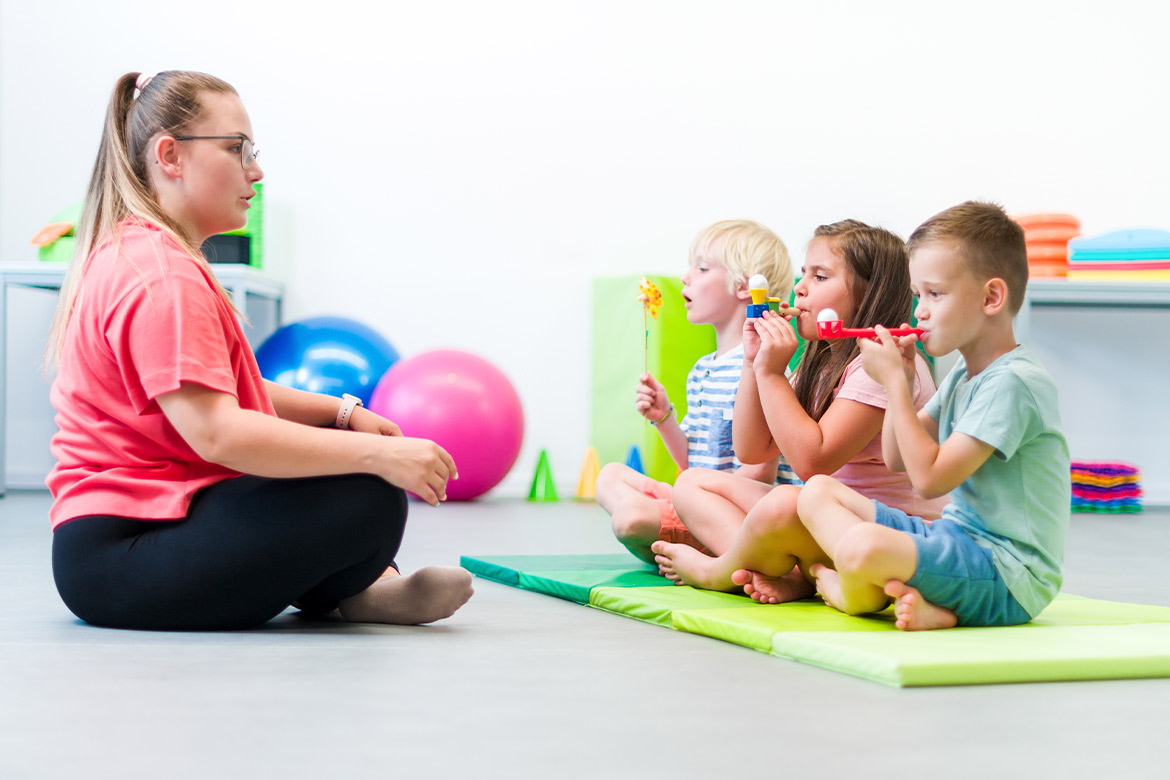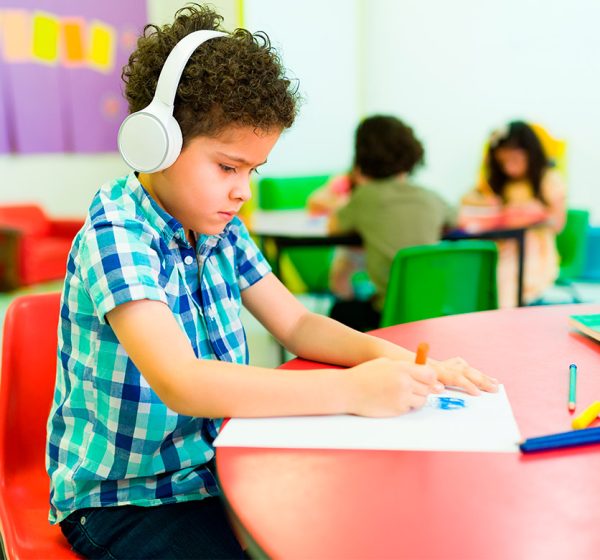Raising children is challenging, especially if you want the best development for your child. Sometimes, you notice a challenge with your child and do not always know how to assist. That is when you contact professionals who can help you find effective interventions.
Occupational Therapy and Physical Therapy are both options to consider. But which is the best? What is the difference? Which one will benefit my child?
Let’s look at the hypothetical scenario of Jake and Emily to clarify these questions:
Meet Jake and Emily
Jake, a lively 7-year-old, struggles with balance and coordination. He finds it difficult to run, jump, and even climb stairs. His parents worry about his confidence and ability to keep up with his friends.
Emily, on the other hand, is a bright 6-year-old who has trouble with fine motor skills. She struggles to hold a pencil and button her coat and gets overwhelmed in noisy environments.
Their parents wonder:
Do they need Occupational Therapy (OT) or Physical Therapy (PT)?
Both therapies help kids thrive, but they do so in different ways. Let’s break it down in a way that makes sense!
OT vs. PT at a Glance
| Feature | Occupational Therapy (OT) | Physical Therapy (PT) |
| Main Goal | Helps kids develop the skills needed for daily tasks (eating, dressing, playing, learning) | Focuses on movement, balance, strength, and coordination |
| Who It Helps | Kids with sensory challenges, ADHD, autism, fine motor delays, self-care struggles | Kids with injuries, muscle weakness, cerebral palsy, coordination issues |
| Examples of Treatment | Writing practice, tying shoes, calming techniques for sensory overload | Balance exercises, stretching, strength training for muscles |
| Common Pediatric Applications | Sensory processing disorders, developmental delays | Developmental coordination disorder, sports injuries, balance issues |
| Key Goal | Independence in daily activities, fine motor skills, sensory processing | Mobility, balance, coordinated movement, strength |
How OT and PT Help in Real Life
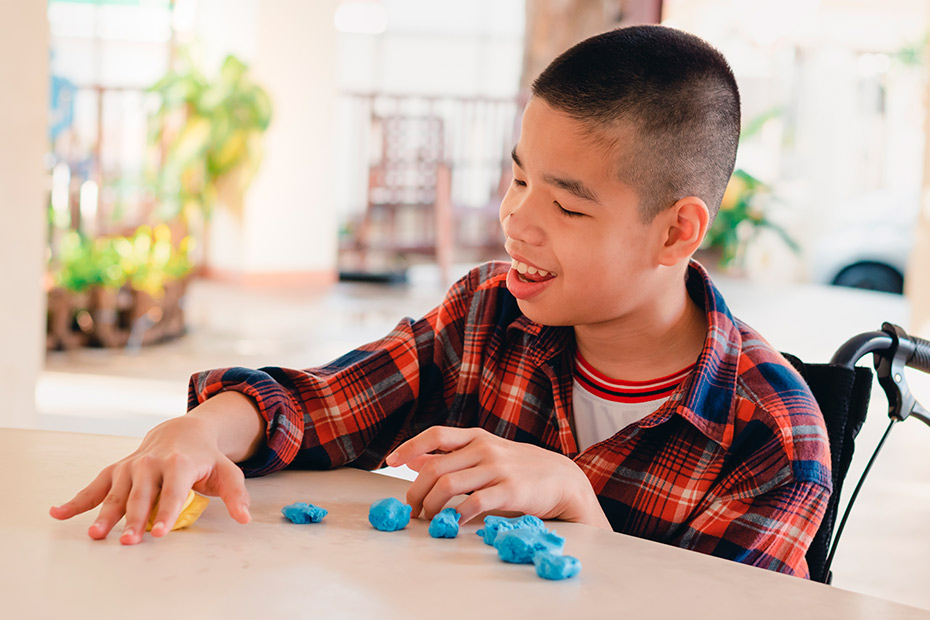
Let’s follow Jake and Emily’s journey to understand how OT and PT work in everyday situations.
Jake’s Story – The Role of PT
Jake’s doctor suggests Physical Therapy (PT) because his muscles are weak, and he struggles with balance.
What Physical Therapy does for Jake:
- It helps him strengthen his legs so he can run and climb stairs
- He works on his balance with fun activities like standing on one foot or walking on a balance beam
- Uses obstacle courses to improve coordination
- Encourages confidence so he can join in games at recess
Jake’s physical therapist makes exercises feel like playtime. He jumps over hurdles, walks like a flamingo, and plays hopscotch—all while improving his movement!
Common Conditions Treated by Physical Therapy
- Developmental delays affecting gross motor skills
- Cerebral palsy and neuromuscular disorders
- Recovery from injuries or surgeries
- Muscular dystrophy and other muscle-related conditions
- Balance and coordination disorders
Benefits of Physical Therapy
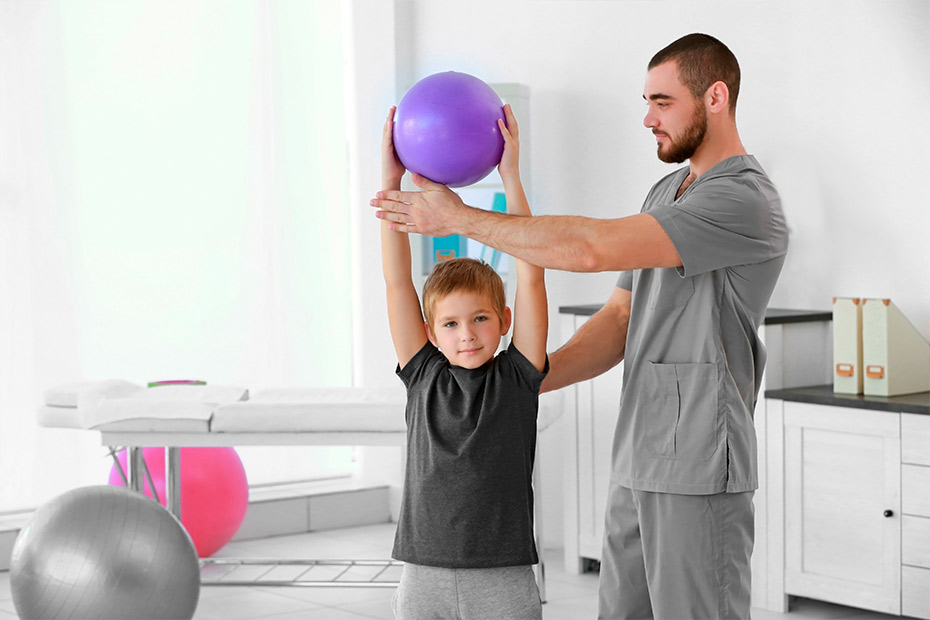
The benefits of pediatric physical therapy extend beyond physical improvement. Children receiving PT often experience:
- Enhanced mobility and physical independence
- Improved strength and coordination
- Better balance and posture
- Pain relief and management
- Increased confidence and self-esteem
Emily’s Story – The Role of OT
Emily’s parents chose occupational therapy (OT) to help with fine motor skills and sensory processing.
What Occupational Therapy does for Emily:
- It helps her strengthen her fingers so she can grip a pencil
- Uses Play Doh and scissors to improve her hand coordination
- Teaches her calming techniques for loud, overwhelming places
- Shows her how to zip her coat and button her shirt with fun activities
Her OT sessions feel like arts and crafts—she paints, plays with puzzles, and even practices yoga to help her focus.
Common Conditions Treated by Occupational Therapy
- Sensory Processing Disorders – difficulties with processing sensory input like textures, sounds, or movement
- Developmental Delays – struggles with age-appropriate milestones
- Autism Spectrum Disorder – challenges with communication, social skills, and sensory integration
- Motor Skill Difficulties – problems with fine or gross motor coordination
- ADHD – issues with focus, organization, and task completion
- Physical Disabilities – limitations caused by congenital issues or trauma
- Learning Disabilities – challenges with academic skills
Benefits of Occupational Therapy
The benefits of pediatric OT are wide-ranging:
- It improves the overall quality of life
- Children typically experience greater independence in daily activities
- They experience improved physical skills, including strength and coordination
- They have better sensory regulation that enhances emotional well-being and improved confidence.
How to Know Which Therapy Your Child Needs
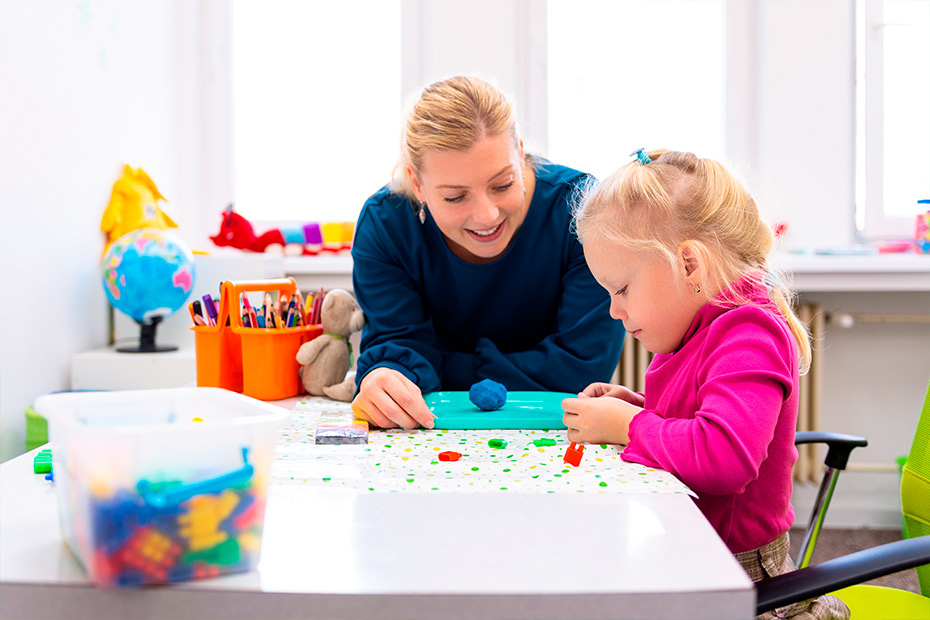
The key difference between these therapies lies in their scope. Physical therapy typically focuses on improving movement capabilities, while occupational therapy takes a more holistic approach to daily functioning. For example, when grocery shopping, a physical therapist would help walk through the store and carry items. In contrast, an occupational therapist might work on making lists, finding products, and managing checkout.
If your child has trouble with…
- Fine motor skills, daily tasks, or sensory challenges? → Occupational Therapy
- Balance, strength, or movement? → Physical Therapy
- A mix of both? → Some children benefit from both OT and PT
OT and PT work together as part of a multidisciplinary approach.
OT vs. PT in Action: Comparing Conditions
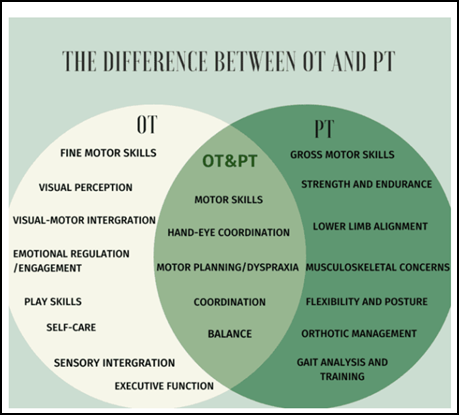
more challenging conditions:
| Condition | How OT Helps | How PT Helps |
| Autism Spectrum Disorder | Improves sensory processing, supports social skills development, enhances self-regulation, adapts environments to reduce overstimulation | Develops gross motor skills, improves coordination and balance |
| Cerebral Palsy | Enhances fine motor control for self-care tasks, adapts tools and environments for independence, improves hand-eye coordination | Increases mobility and range of motion, reduces muscle tone problems, improves posture and balance, reduces pain |
| Down Syndrome | Improves hand strength and motor skills, develops self-care abilities, enhances cognitive skills through therapeutic play | Strengthens muscles to compensate for hypotonia, improves coordination and balance, develops gross motor milestone achievement (Source: Pediatric Physical Therapy Association) |
| Developmental Delays | Supports age-appropriate skill development, enhances play skills, improves visual-perceptual abilities (Source: Play is Learning Initiative, 2021) | Facilitates motor milestone achievement, improves strength and coordination, enhances movement patterns |
| Sensory Processing Disorders | Reduces sensory defensiveness, improves adaptive responses to sensory input, develops self-regulation strategies | Enhances body awareness, improves coordination between body systems, develops appropriate responses to environmental stimuli |
| ADHD / Learning Disabilities | Enhances focus and attention, improves organizational skills, develops handwriting abilities | Develops motor planning, provides appropriate sensory input for regulation, builds coordination skills |
| Injury Recovery | Retrains fine motor skills, adapts activities during recovery, supports return to age-appropriate tasks | Restores strength and mobility, reduces pain, prevents compensatory movements, promotes safe return to activities |
When OT and PT Work Together
Sometimes, OT and PT work hand in hand to help a child reach their full potential.
For example, if a child is learning to ride a bike:
- PT will help them develop the strength and balance to pedal and steer.
- OT will focus on their ability to correctly plan movements and grip the handlebars.
Both therapists collaborate so that kids don’t just move better—they also feel confident in their daily activities!
Final Thoughts for Parents in Texas
If you’re unsure which therapy is best for your child, talk to us at Tip of The Tongue. Early intervention can significantly affect a child’s ability to play, learn, and grow confidently. Remember: Therapy isn’t just about exercises—it’s about helping kids succeed in everyday life in a fun and engaging way! Explore OT and PT for your child. Reach out today and take the first step toward their independence and confidence.

